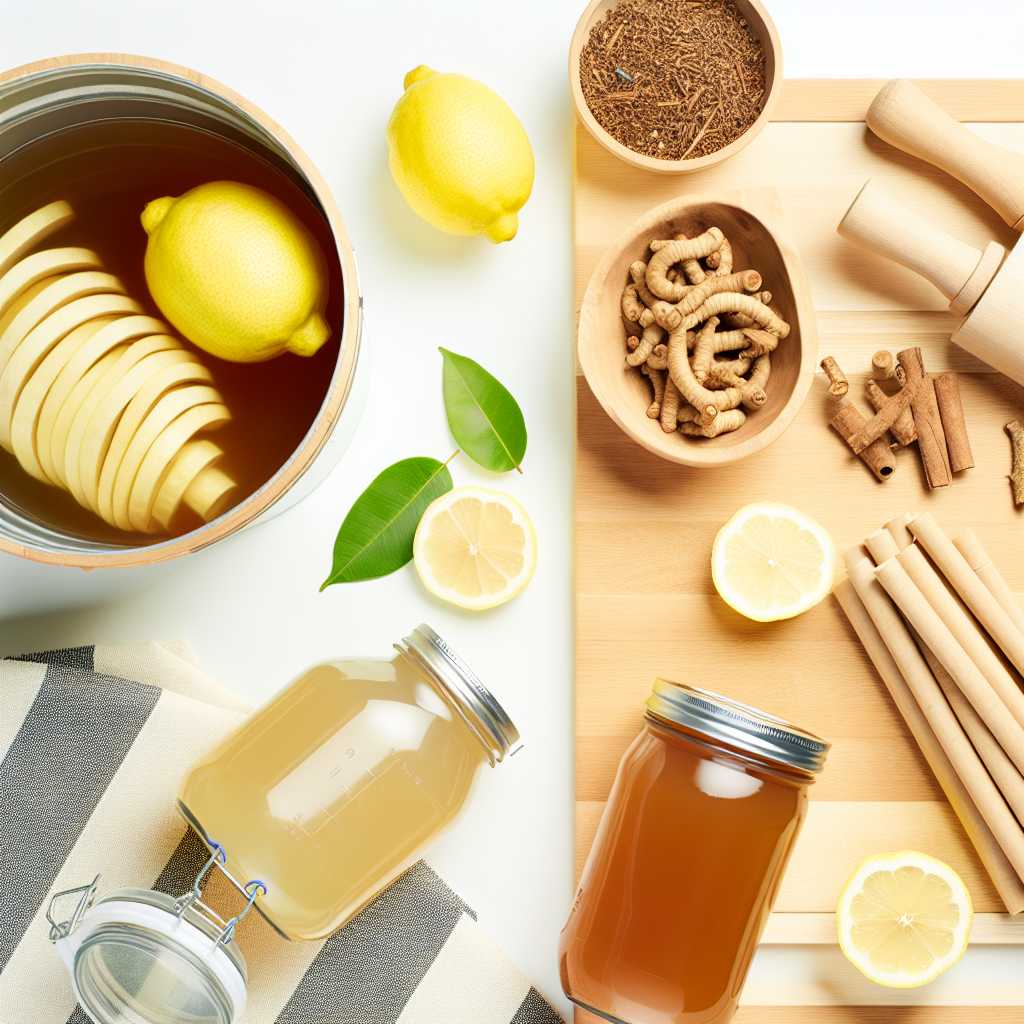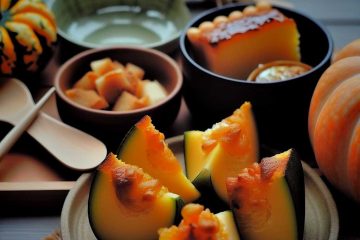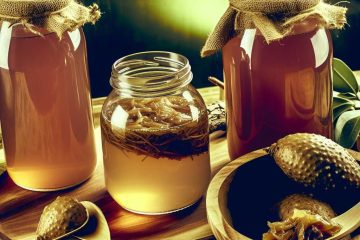Essential Kombucha Making Supplies for Beginners

Essential Kombucha Making Supplies for Beginners
If you’re new to the world of kombucha brewing, you might be wondering what essential supplies you need to get started. Making your own kombucha at home is a fun and rewarding experience, but it does require a few key items to ensure your brew turns out just right. In this comprehensive guide, we’ll walk you through the essential kombucha making supplies for beginners, so you can kick start your brewing journey with confidence.
1. Quality Tea
The foundation of any good kombucha is high-quality tea. You’ll need black, green, or white tea to provide the nutrients and flavor that the SCOBY (symbiotic culture of bacteria and yeast) needs to thrive. When choosing tea, opt for organic, loose-leaf varieties whenever possible. Avoid using flavored teas or blends with added oils, as these can harm your SCOBY and affect the fermentation process. Look for teas with high levels of polyphenols, as these compounds support the health of your SCOBY and contribute to the overall flavor of your kombucha.
2. Granulated Sugar
While it may seem counterintuitive to add sugar to your brew, it’s a crucial ingredient for feeding the SCOBY and kick starting the fermentation process. Organic cane sugar is the best option for making kombucha, as it provides the necessary nutrients without adding any unwanted flavors or chemicals to your brew. Avoid using honey, maple syrup, or alternative sweeteners, as these can inhibit the growth of your SCOBY and lead to inconsistent fermentation results.
3. Large Glass Jar
A large glass jar with a wide mouth is essential for brewing kombucha. Look for a container that can hold at least 1 gallon of liquid, as this will give your SCOBY the space it needs to ferment properly. Glass is the best material for brewing kombucha, as it won’t react with the acids produced during fermentation like plastic or metal containers might. Additionally, a wide mouth jar makes it easier to remove and replace the SCOBY, as well as to add and mix the ingredients.
4. SCOBY and Starter Liquid
The SCOBY is the living culture of bacteria and yeast that transforms sweet tea into tangy, fizzy kombucha. You can obtain a SCOBY from a friend who brews kombucha, or purchase one from a reputable source online. Along with the SCOBY, you’ll also need some starter liquid, which is matured kombucha from a previous batch. This liquid helps to lower the pH of the tea and protect the brew from harmful bacteria during the early stages of fermentation.
5. Breathable Cover and Rubber Band
To protect your kombucha from contaminants while still allowing air to circulate, you’ll need a breathable cover for your brewing jar. A piece of tightly woven cloth, like muslin or cheesecloth, works well for this purpose. Secure the cover in place with a rubber band, ensuring that no insects or dust can get into your brew. Avoid using airtight lids, as they can prevent your kombucha from fermenting properly and may cause dangerous pressure to build up within the jar.
6. pH Test Strips
Monitoring the pH of your kombucha throughout the fermentation process is crucial for ensuring a safe and delicious brew. You can easily test the acidity of your kombucha using pH test strips, which are available at most brewing supply stores or online. Aim for a pH level below 4.6 to inhibit the growth of harmful bacteria and prevent spoilage. Regular pH testing will also help you determine when your kombucha is ready to be bottled and flavored.
7. Bottles for Secondary Fermentation
Once your kombucha has finished its initial fermentation, you’ll need glass bottles with airtight lids for the secondary fermentation stage. This process creates the signature fizziness of kombucha by trapping carbon dioxide in the liquid. Swing-top bottles or mason jars work well for this purpose, as they create a tight seal that prevents gas from escaping. Be sure to thoroughly clean and sanitize your bottles before using them to avoid introducing any unwanted bacteria to your brew.
8. Funnel and Strainer
When it comes time to bottle your kombucha, a funnel and strainer are essential for transferring your brew into individual bottles without spilling or making a mess. A stainless steel funnel with a removable strainer is the best option, as it allows you to filter out any small yeast particles or debris before bottling. This will help ensure that your finished kombucha is clear and free from any sediment that might affect the taste or texture.
9. Flavoring Ingredients (Optional)
While plain kombucha is delicious on its own, you may want to experiment with adding flavors to your brew. Common flavoring ingredients include fresh or dried fruit, herbs, spices, and juices. You can add these ingredients directly to your bottles during the secondary fermentation or create infused syrups to mix into the finished kombucha. While flavoring your kombucha is optional, it’s a fun way to customize your brew and create unique flavor combinations that suit your taste preferences.
10. Brewing Thermometer (Optional)
For those who want to take their kombucha brewing to the next level, a brewing thermometer can be a useful tool for monitoring the temperature of your fermenting tea. While not essential, a thermometer can help you maintain a consistent brewing environment, especially if you live in a climate with fluctuating temperatures. Aim to keep your brewing jar in a location that stays between 75-85°F (24-29°C) for optimal fermentation results.
Now that you have a comprehensive list of essential kombucha making supplies for beginners, you’re ready to start brewing your own batch of delicious, probiotic-rich kombucha at home. With the right ingredients and equipment on hand, you can enjoy the benefits of homemade kombucha while experimenting with different flavors and brewing techniques. Remember to follow best practices for sanitation and safety throughout the brewing process to ensure that your kombucha turns out perfectly every time. Happy brewing!





0 Comments